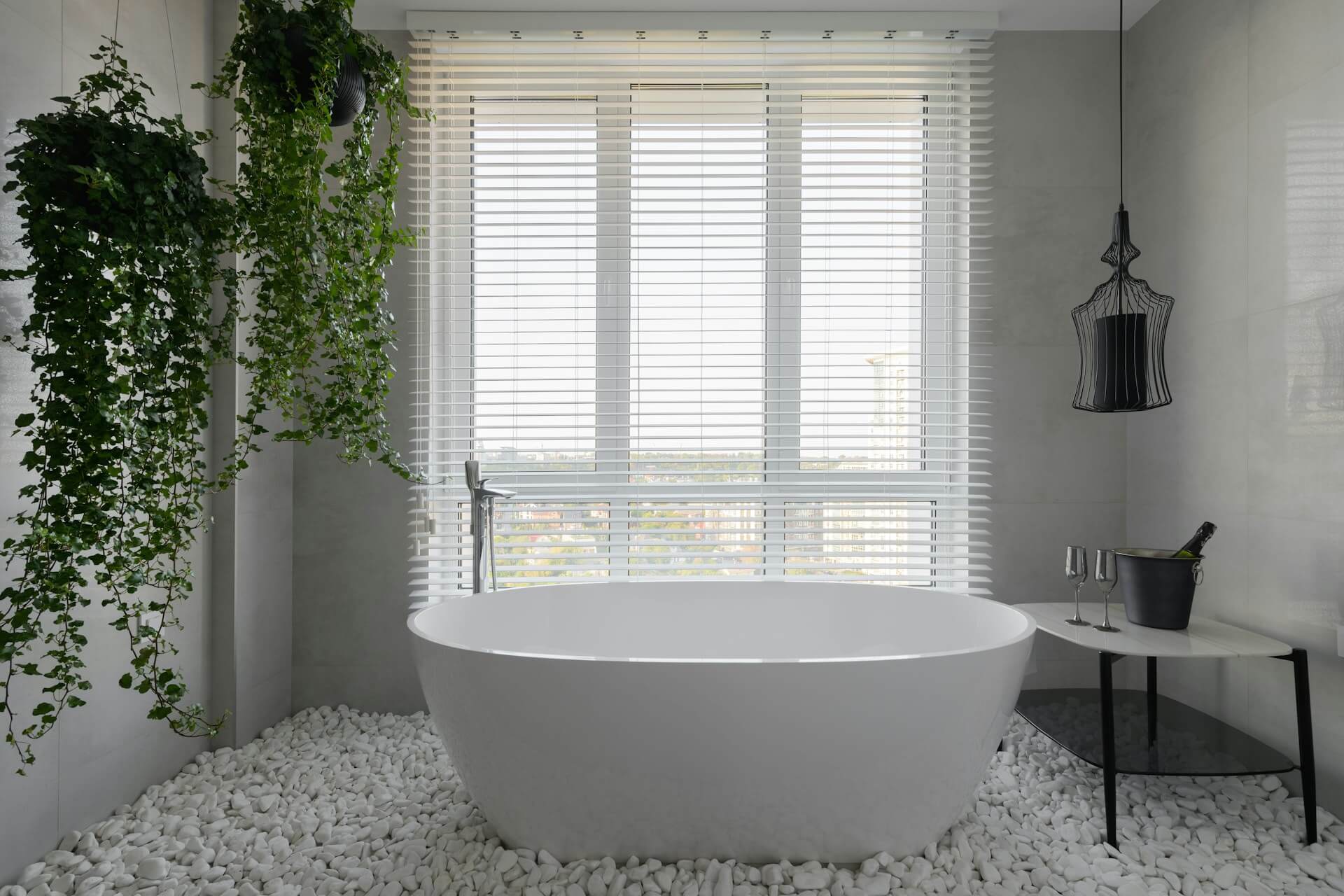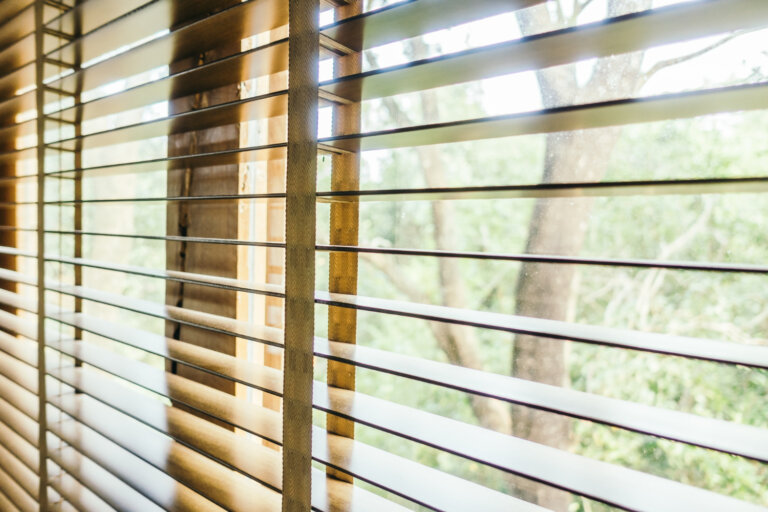Bathroom shutters go through a lot. Between soaking showers, splashes from the sink, and constant shifts in temperature, it’s no surprise they sometimes show signs of wear. But when that wear turns into mould, it’s more than just an eyesore. It can affect how your shutters work, ruin finishes, and cause musty smells that take away from the clean feel of your space. Keeping your shutters in good shape helps protect your bathroom from looking tired and neglected.
A big part of keeping them looking good is making sure mould doesn’t take hold. Once it shows up, it can be tricky to manage without replacing parts entirely. By learning what causes it and taking a few simple steps to avoid it, you can enjoy fresh-looking shutters longer and cut back on repairs. Whether you’re updating your bathroom in time for summer or just planning ahead, it pays to watch for the early signs.
Understanding Mould Growth
Mould grows when moisture, warmth, and still air join forces. That makes bathrooms the perfect spot for it to spread quickly, especially on surfaces that are slow to dry. Shutters, with their narrow slats and tight corners, create small areas where condensation can gather and stick around unnoticed. This is especially common around windows that fog easily or don’t open fully to let out steam.
Poor airflow is one main culprit. On cooler days or humid mornings in Manchester, your bathroom may hold onto heat and damp air longer than you realise. If the shower steams up the room and that moisture has nowhere to go, it ends up settling on windows and nearby surfaces like shutters. Over time, tiny spores can land, feed on the moisture, and begin to grow.
Here’s a shortlist of things that often lead to mould showing up on shutters:
– Lack of ventilation due to closed windows or weak extractor fans
– Steam from hot showers and baths that isn’t cleared away
– Cold bathroom walls and windows that collect condensation
– Materials or finishes that hold onto moisture rather than repel it
Mould tends to start off small. You might notice faint black spots forming along the edges of the slats or down in the corners where the panels meet. In some cases, the surface might feel a bit sticky or look discoloured compared to the rest of the shutter. A damp smell that lingers even after cleaning can also be a sign that mould is hiding somewhere behind or on the frame itself.
Keeping an eye out for these early signs can save you from costly repairs later. The longer mould goes untreated, the deeper it sets in, especially if the shutters are made of wood or other porous materials.
Effective Preventative Measures
Keeping your bathroom shutter-free from mould doesn’t take fancy equipment or harsh chemicals. It’s mostly about small, steady habits that help reduce the amount of moisture that sticks around. By giving your bathroom space to breathe and surfaces time to dry, you can cut down the conditions mould needs to grow.
Here are a few easy ways to help prevent mould from forming on your shutters:
1. Improve airflow as much as possible
– Use an extractor fan during and after showers
– Open the window for at least 15 minutes to let out steam
– Keep internal doors slightly open if it helps air circulate
2. Dry surfaces throughout the day
– Wipe shutters down with a soft cloth if they look damp
– Avoid letting water sit on the sill and run down any timber
– After baths, check the window area to see if it needs airing out
3. Stick to a simple cleaning schedule
– Dust the shutters weekly to stop build-up from forming
– Use a damp (not soaked) cloth and a light cleanser to remove grime
– Pay attention to corners and areas near the hinges
4. Choose the right materials
– Where possible, use moisture-resistant shutters for the bathroom
– These resist warping, swelling or softening under wet conditions
– They’re often easier to clean and hold their finish better long-term
5. Keep towels, rugs, and other fabrics washed and dry
– Soft furnishings can hold moisture in the bathroom
– Damp fabrics raise humidity, which encourages mould growth nearby
Even during drier spring months, like late May in Manchester, there can still be pockets of humidity inside the bathroom, especially after long showers. A local customer once added a simple fan upgrade and started leaving the window cracked open a bit longer after her morning routine and just like that, her window stopped steaming up, and her shutters held up better for months.
Taking a few of these steps can go a long way toward keeping mould at bay, and your bathroom brighter, cleaner, and fresher.
Choosing The Right Materials And Treatments
One of the best ways to avoid mould problems altogether is by starting with the right kind of shutters. Some materials just handle moisture better. For a space like a bathroom, you’d want something that doesn’t soak up water easily and dries quickly. This helps prevent mould from settling in and spreading through the surface.
Moisture-resistant shutters for the bathroom are often treated with finishes that protect the surface from swelling, warping, or peeling. Unlike traditional timber that can absorb steam and water over time, these shutters act more like a barrier. They keep dampness from sinking in, which means less chance of mould forming in the first place.
If you’re picking out new shutters or thinking about upgrading, here are a few things to look for:
– Materials made to resist high humidity, such as specially coated wood or composite finishes
– A smooth, sealed surface that makes it harder for moisture to stick around
– Hardware that doesn’t rust or corrode from steam or condensation
– Paint or finishes designed for wet rooms that hold their colour and seal
Some people also add protective layers during installation. A water-resistant sealant around the edges can reduce any pooling or seepage near the frame. It’s also smart to avoid thick curtains or heavy materials near the shutters, as they can trap damp air and help mould grow faster.
When all these elements are paired, they create a stronger defence against moisture buildup. Whether it’s a steamy morning routine or daily use by family members, choosing the right shutters from the beginning gives you one less thing to worry about.
Why Professional Help Matters
Even with regular cleaning, good airflow, and quality materials, mould can still find a way in now and again. When that happens, turning to a professional makes a real difference. They know how to spot deeper signs you might miss on your own and will be able to treat the problem without damaging your shutters.
Shutters that are misaligned or poorly sealed can let in moisture through tiny cracks. A pro can check the frames and fix gaps that allow dampness to sneak in from the window edges. That kind of detail often gets overlooked during regular maintenance.
Here’s what a professional can do that’s hard to manage alone:
– Identify hidden mould spots behind frames or hardware
– Treat surfaces with specialist products that don’t affect the finish
– Reinforce seals around windows and between shutter panels
– Recommend better ventilation setups for your specific bathroom layout
It’s also helpful to get a maintenance check once in a while, especially in older homes where windows might not sit perfectly square. An expert can figure out whether your shutters are holding up well or if they need a slight adjustment. Small tweaks can go a long way in preventing moisture build-up in awkward corners.
It’s worth remembering that mould problems tend to creep back if they aren’t properly sorted the first time. A quick fix might hide the spots for now, but a deeper look provides longer-term results. Having someone experienced take care of it saves time and helps your bathroom stay cleaner, with fewer repeat problems.
Keep Your Bathroom Looking And Feeling Fresh
Shutters for the bathroom not only make the room look good, they help with privacy and function too. That’s why keeping them free of mould adds so much value to your daily routine. When they’re clean and well cared for, the rest of the space feels fresher and more relaxing.
Managing moisture doesn’t have to be hard. Most of it comes down to choosing the right materials, keeping air moving, and giving things a quick wipe now and then. Once those habits are in place, your shutters can handle the conditions year-round, even during damp Manchester springs.
If you’ve spotted early signs of mould or just want to make a few upgrades, starting with moisture-resistant shutters is a strong first move. It lays the groundwork for a low-maintenance setup that holds up well, looks smart, and stays cleaner for longer.
Enhance your bathroom’s style and functionality with expertly crafted shutters that resist mould and provide lasting beauty. Explore our selection of moisture-resistant options designed specifically for these conditions. Learn how shutters for the bathroom can transform your space with Crafted Shutters. We’re here to help you keep your bathroom looking fresh and feeling comfortable all year round.






